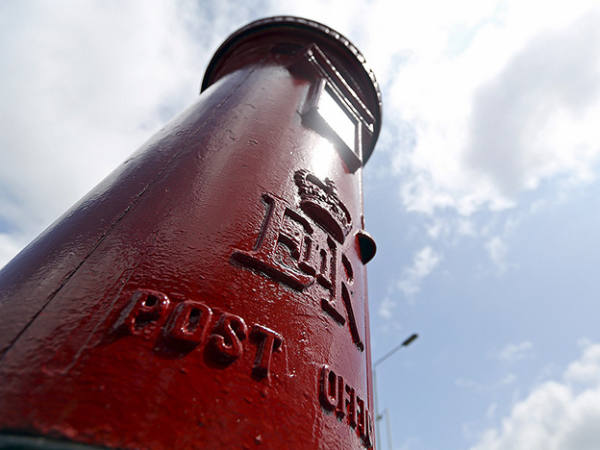It’s a wonder how any land gets earmarked for a pursuit as unnecessarily expansive as golf. In a city as cramped as London, it’s hard to imagine a less utilitarian use of space than a fairway.
Yet while the capital occupies 0.65 per cent of the UK’s total landmass, it is home to more than 1 in 20 of the country’s golf courses. Sandwich together London’s 94 active courses, 43 of which are in public hands, and you get an area larger than the borough of Brent. This all-golf district wouldn’t be very busy, mind: even at maximum capacity, there would be room for just 2,729 players at a time.
These are some of the findings in The Golf Belt, a recent study of London’s land use by architect (and non-golfer) Russell Curtis. He argues that many London courses’ claims to Metropolitan Open Land status – and protection from development – are erroneous and that councils should consider alternative uses, starting with housing.
“My report was deliberately provocative, and it was quite simply to ask why we need so many of them, and whether they need to be quite so big,” says Curtis.
But the study still points to some serious logjams in UK housebuilding. For one, while demand continually outstrips supply, even the most space-deprived councils blithely sit on huge tracts of seldom-used land and accept ill-fitting planning rules.
Then there are fears urban regeneration only begets ugly suburban sprawl, even when it concerns areas that serve as poor imitations of green space. Some of the blame for this negative experience lies in developers’ historic lack of vision.
Smarter designs and fewer putting greens might help redress the balance.










